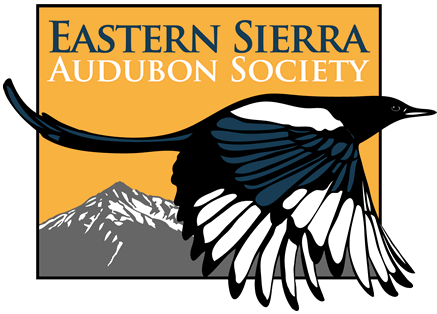[Originally appeared in the Sierra Wave newsletter, Vol. 24, No. 3, Jan-Feb 2006 – click here for original with photos]

Broad-billed Hummingbird, Photo by Todd Vogel
Broad-bills reach Arizona and New Mexico in mid March but are not recorded in Texas until mid May. In Arizona males depart in late August while females and immatures hang around until mid September, with a few lingerers until early October. They are primarily nectar feeders with forays to capture insects in the air or off foliage to meet the needs for amino acids and electrolytes. Studies have shown they prefer flowers whose nectar ranged from 13-32% sugar which mimics the “nectar” found in artificial feeders.
Any hummingbird, regardless of size, can be displaced from a flower or feeder by any other. With that said, there is a dominance factor that reflects size and aggressiveness with the various species. All who watch hummers note that certain species always seem to “win” and guard a feeder with all comers chased off. An Arizona study determined that Broad-bills consistently acquiesced to Violet-crowned and Rufous while they dominated Black-chinned and Costa’s.
In mid September 1992, Marge Irwin and her family pulled into the Lone Pine Campground and set up their temporary home. As part of settling in, Marge, as she always does, hung a hummingbird feeder in a nearby tree. The following day her family began to climb Mt. Whitney and she busied herself around camp. Very quickly she heard and saw a hummingbird come in to the feeder and equally quickly recognized it as one she was used to seeing in southeast Arizona, a Broad-billed Hummingbird! Knowing the significance of the sighting, she went the extra mile to notify the locals of its presence and a number of people rushed to the campsite to see and photograph Inyo County’s first ever vagrant hummingbird. It remained from 12-14 September.
On 29 October 2005, Tom & Jo were sitting in their backyard enjoying their morning coffee break when they saw a red-billed hummer sitting on the fence near a feeder. When it turned around it obviously was an immature male Broad-billed Hummingbird with a teal and dark blue gorget less than half molted in, dark metallic blue lobed tail, and a red decurved bill. Over the next nineteen days it was well watched by two dozen observers. Many set up telescopes and from twenty-five feet away had in-the-hand views. Chris Howard noted the striations on the bill, which are lost quickly, indicating that this was a very young male; this was substantiated by the underdeveloped gorget. The feeder mixture provided 33% sugar nectar and for a week he would sit right next to or over “his” feeder and chase any hummer who dared to try to drink from it. The two Anna’s and three Costa’s who thought the yard and feeders were theirs found out that one feeder was no longer Open for Business. Even though the nearby hummingbird garden was filled with blooming sages the Broad-bill was never tempted to taste natural nectar, preferring high-octane homebrew. After a week he became secure enough to visit other parts of the yard and then the neighbors’ yards. At these times the Costa’s Hummingbirds would sneak in and guzzle at the forbidden feeder until the Broad-billed returned and used his bill to move them out!
Both the Inyo County birds were immature males but, to add to the story, another Broad-billed Hummingbird, an immature female, was found at Inyokern by Susan Steele just a few days earlier on.26 October and remained to the 31 st . Data from Arizona indicates that immatures move by mid September and those born with broken compasses react to the drive to migrate by going in the wrong direction. Vagrants have been found in Louisiana, southern and southeast Texas, New Mexico, west and central Arizona, Nevada, Utah, and California primarily along the coast from San Diego north to Santa Barbara.
A number of Eastern Sierra residents maintain hummingbird feeders and all have the opportunity of seeing some very fancy and rare guests. All it takes is a sharp eye, a nearby field guide to birds, and a little luck!
Tags: crow, hummingbird
